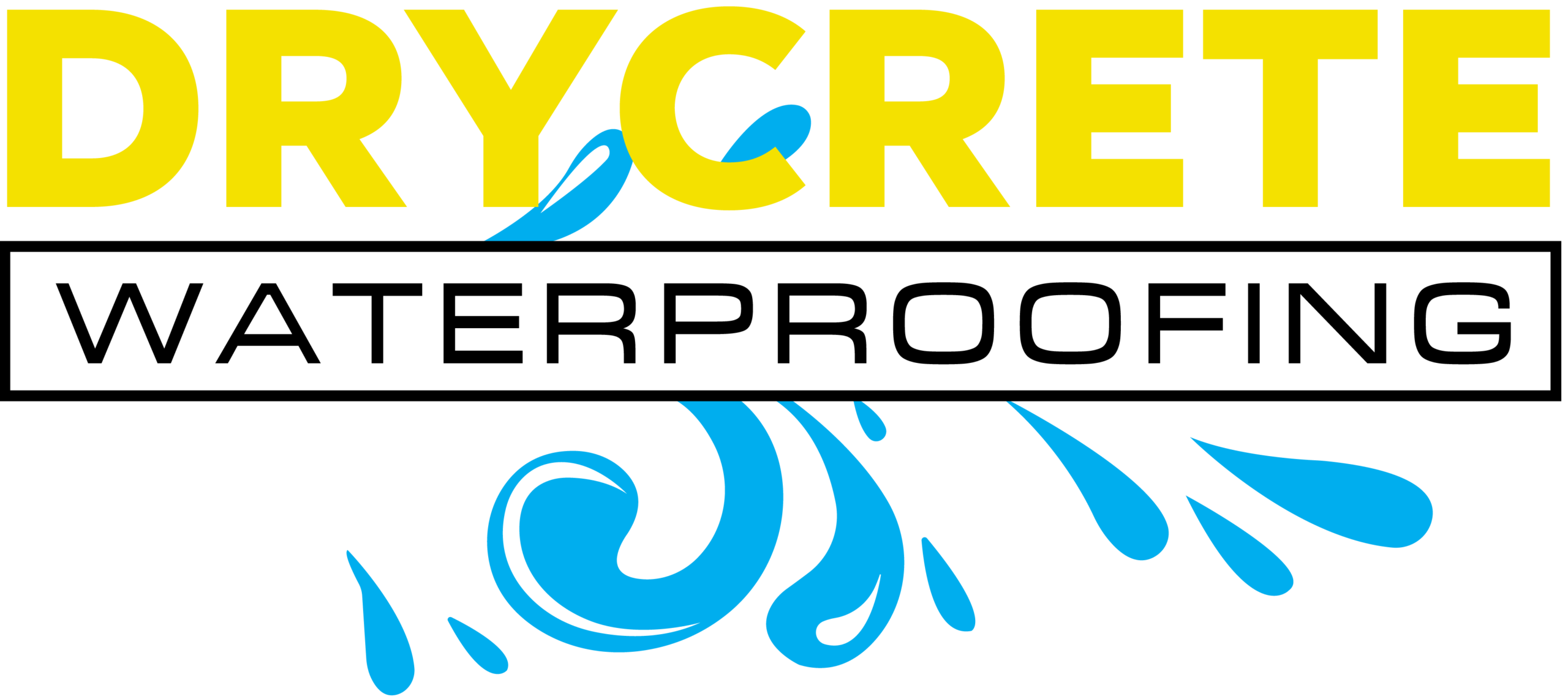Most homeowners are unaware that their basement drains tie in directly with the main sewer system. If you have drainage issues or water in the basement when it rains, it could be from a drain that is causing you problems.
However, puzzling out what exactly is causing basement drain problems can be challenging. Having them inspected and cleaned is the best route to take to determine underlying issues and then take steps to resolve the issues.
Read on to learn more about basement drains, identifying problems, and taking action.
Signs That Indicate a Basement Drain Problem
In many cases, when the basement isn’t draining well or is potentially clogged, there are signs throughout the home that indicate a problem. Those signs will be most obvious in the basement, but they can show up in other areas of the home as well.
Signs include:
- Drains and toilets throughout the home making gurgling noises
- Catching whiffs of sewer odors
- Flooding or water backing up, particularly in the basement
- Sewage backing up
If the basement has water backing up, this is an obvious sign. However, gurgling in toilets or drains can be a common indicator and an early warning sign.
Common Causes of Basement Drain Problems
You might be surprised at how many different scenarios can impact your drains. They are not always affected by the same things. Yes, there are some common causes, but it’s a good idea to have an inspection if you suspect a problem. This allows you to get a real solution for the issue.
These are the most common causes of basement drain issues:
- Floor drains can get clogged or blocked
- The primary house trap could get plugged
- Washing machine backing up from blockages
- Laundry tub or wash tub basin needs cleaning
- Low-lying plumbing fixtures such as showers, tubs, and toilets in the basement
What Can I Do If I Have a Basement Drain Problem?
When you notice a drain issue, the best thing to do is call a professional. While there are some DIY solutions, most of these are only short-term fixes. They might help you out in a pinch but they likely won’t fix the bigger problem at hand.
You should have basement drains cleaned and inspected on a routine basis.
What is a Basement Drain Inspection?
An inspection provides a visual overview of the drain. In the inspection process, the professional will take a look at your drainage systems to determine what the issue may be. You can also have inspections done regularly, even if you aren’t currently experiencing a problem.
Basement Drain Cleaning
The cleaning process will actually clean out the lines, pushing out clogs and blockages that might cause problems. Many people wait to have them cleaned until a problem occurs. However, the industry recommendation is to have them proactively cleaned every 1-2 years to prevent backups and clogs.
Drycrete Can Help with Your Basement Drain Needs
The decision to have your basement drains cleaned or inspected is completely up to you. Seeking professional advice when making this decision can be helpful. The worst-case scenario is that your basement drain may need to be replaced.
Drycrete has many years of experience with drain inspections, cleaning, and installation. Give us a call today for a free consultation.

